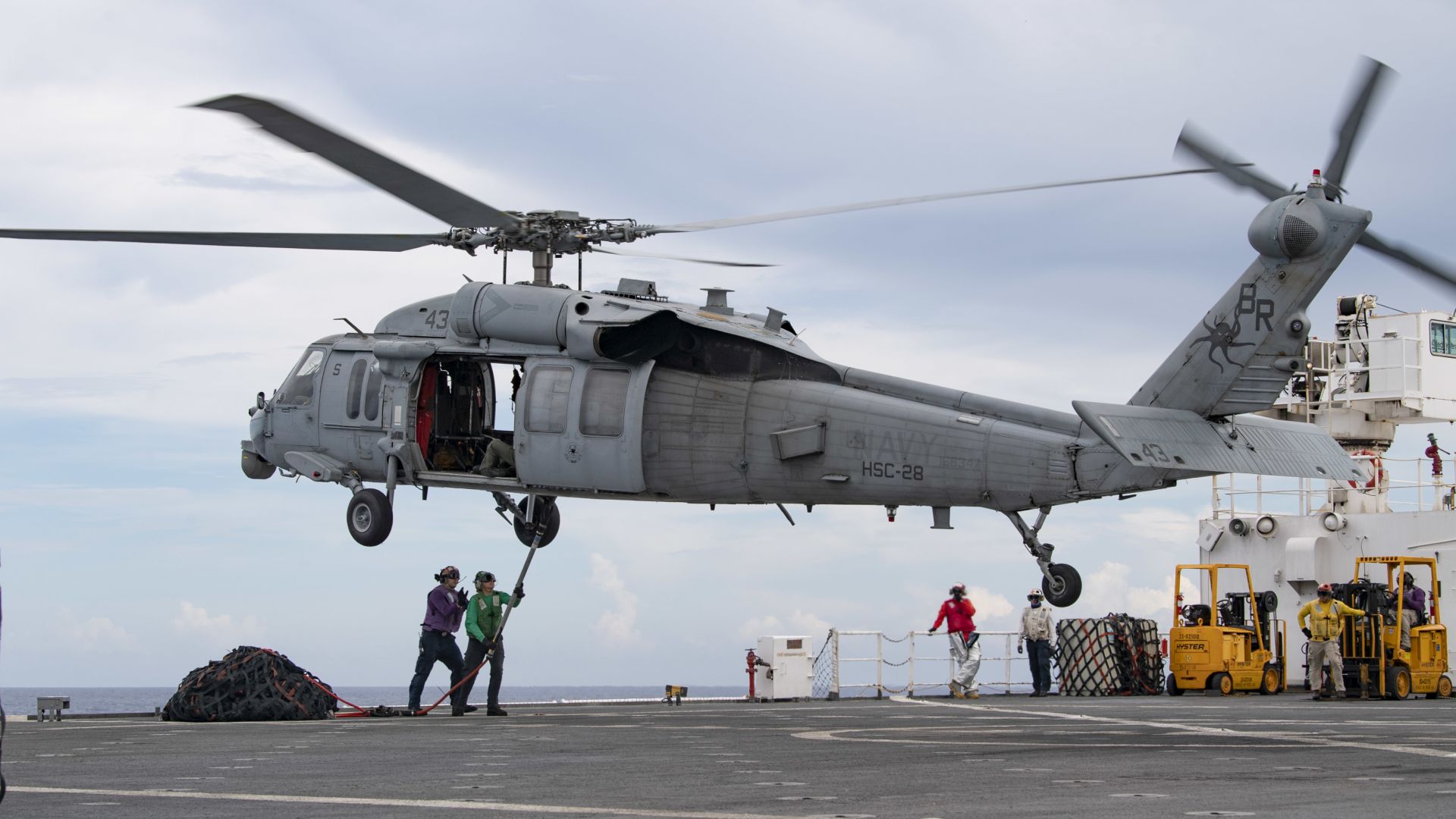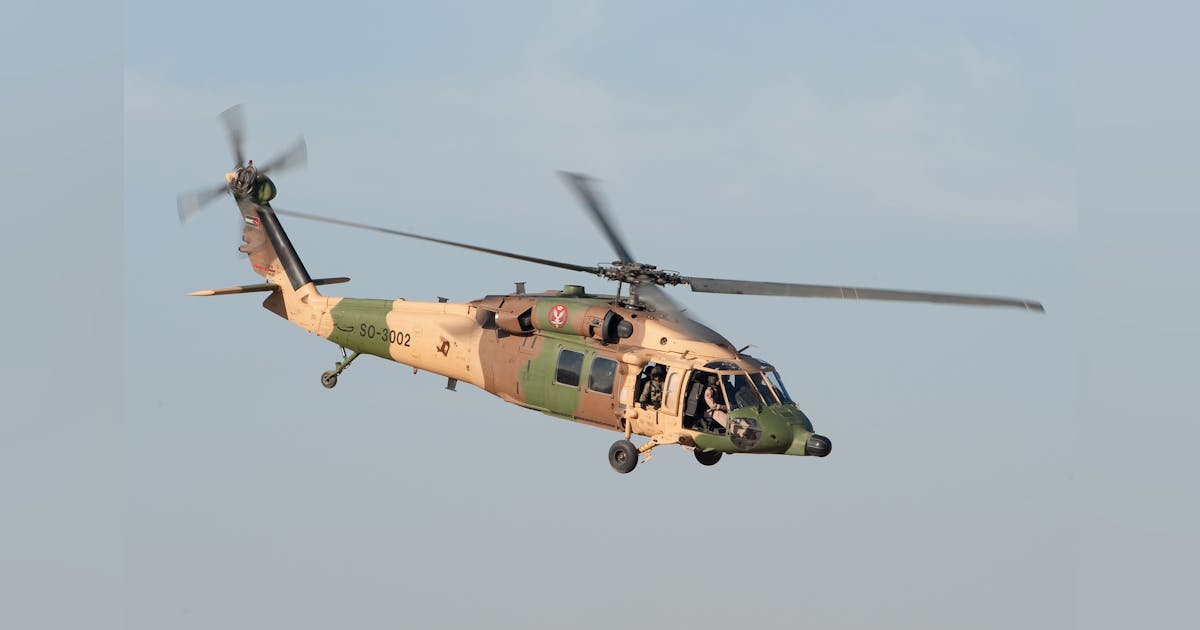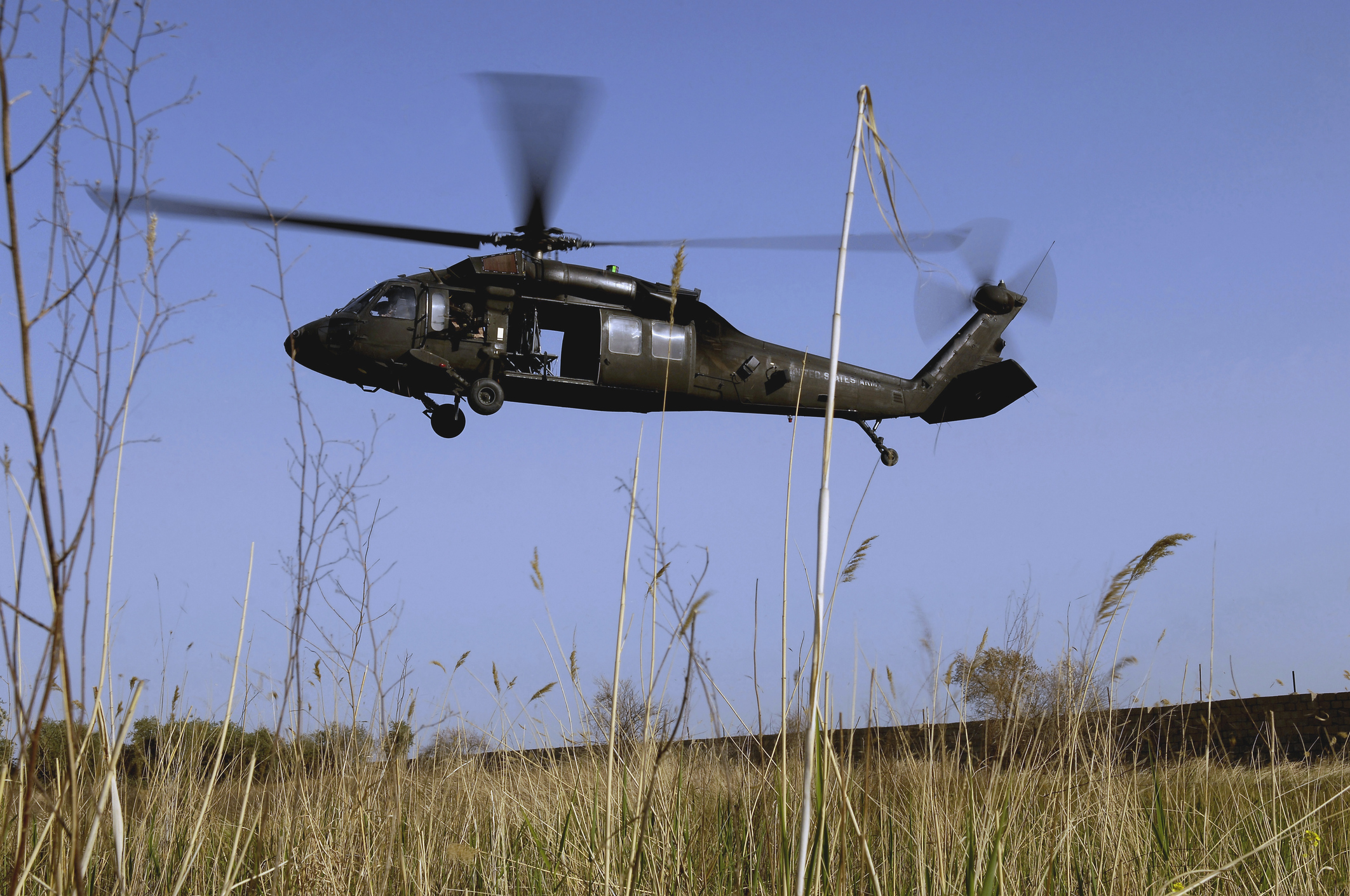UH 60 Black Hawk: How This Iconic Helicopter Supports Tactical and Combat Missions
UH 60 Black Hawk: How This Iconic Helicopter Supports Tactical and Combat Missions
Blog Article
Everything You Need to Know Regarding the UH 60 Helicopter
The UH-60 helicopter, a keystone of U.S. Army air travel given that its launching in 1979, represents an amazing blend of engineering and functional convenience. As armed forces requirements progress, so also does the helicopter, with recurring advancements intended at boosting its abilities and incorporating contemporary innovations.
Background of the UH-60
Established in the late 1970s, the UH-60 Black Hawk helicopter became a response to the U.S. Military's requirement for a versatile utility helicopter that might execute a range of objectives under tough conditions. The catalyst for its design was the shortcomings identified in the earlier helicopters utilized during the Vietnam War, especially in regards to rate, survivability, and ability to move.
The Black Hawk was created by Sikorsky Aircraft, incorporating advanced innovations and products to enhance its efficiency and toughness. It was formally introduced into service in 1979, rapidly ending up being a critical possession for armed forces procedures - uh 60. Its ability to transfer troops, medical discharge, and logistical support in both combat and humanitarian goals made the Black Hawk an indispensable element of the U.S. Military's aeronautics fleet
Throughout the years, the UH-60 has been continuously updated, adjusting to the altering nature of war and the evolving demands of contemporary army procedures. Its functional history includes engagement in significant conflicts, peacekeeping objectives, and disaster relief initiatives, solidifying its reputation as a reliable and trusted helicopter in various environments worldwide.

Layout and Specs
The design of the UH-60 Black Hawk helicopter consistently shows a commitment to operational performance and adaptability. Established by Sikorsky Airplane, this medium-lift utility helicopter includes a sleek, wind resistant fuselage that improves rate and maneuverability. Its tandem blades system, defined by two counter-rotating blades, lessens resonance and boosts lift capability, enabling more secure operations in varied atmospheres.
The UH-60 is powered by 2 T700-GE-701C turboshaft engines, supplying a maximum rate of about 180 knots and a series of around 400 nautical miles. Its robust airframe is created from advanced composite products, ensuring longevity while keeping a relatively reduced weight. The helicopter has a maximum gross weight of concerning 22,000 extra pounds, sustaining a functional haul arrangement.

Functions and Missions
A versatile system, the UH-60 Black Hawk helicopter serves a wide variety of duties and missions within armed forces procedures. Developed primarily for troop transportation, it can carrying up to 11 soldiers, making it an essential possession for quick release and logistical support.
Along with army transportation, the UH-60 masters medical emptying (MEDEVAC) objectives, outfitted with advanced medical devices to supply critical care during transportation. Its capacity to run in varied environments enhances its effectiveness in combat search and browse around here rescue (CSAR) operations, where quick removal of workers is essential.
The helicopter additionally plays a significant role in reconnaissance and surveillance objectives, using onboard sensing units and tools to collect knowledge. Furthermore, its flexibility reaches logistical assistance, with the ability of transferring products and equipment to ahead operating bases - uh 60.
In fight operations, the UH-60 can be equipped with different weapon systems, enabling it to provide close air assistance. Its multi-role ability makes the Black Hawk an essential tool for modern army pressures, adjusting flawlessly to the advancing demands of battleground scenarios and making certain goal success across a range of functional contexts.
Performance and Abilities
Understood for its robust efficiency, the UH-60 Black Hawk helicopter boasts impressive capacities that improve its operational performance throughout numerous objectives. uh 60. This multi-role aircraft is furnished with powerful twin-engine Turbomeca Arriel 1D1 engines, supplying extraordinary speed and maneuverability, with a maximum cruise ship speed of about 150 knots and an operational variety of around 400 maritime miles
The Black Hawk's advanced avionics and fly-by-wire control systems dramatically enhance flight safety and security and handling, enabling it to operate in varied environments, consisting of unfavorable weather. Its flexibility is further exhibited by its capacity to carry up to 11 fully outfitted soldiers or a haul of approximately 8,000 extra pounds, making it optimal for army transport, clinical evacuation, and logistical assistance goals.
Additionally, the UH-60 is created check my reference for survivability, including reinforced airframes, ballistic protection for team and guests, and advanced countermeasure systems to avert threats. The helicopter's agility and rate, combined with its capability for fast implementation, make it an essential possession in modern-day army operations, ensuring that it stays a crucial element of tactical air assistance and field of battle mobility.
Future Developments

One considerable focus is the integration of advanced avionics systems, which will improve situational understanding through enhanced navigation and interaction capacities. This includes the prospective use expert system to assist pilots in decision-making and goal planning.
In addition, future variations may include innovative materials and layout features to reinforce the helicopter's durability and lower its radar signature, improving survivability in contested settings.
The intro of hybrid-electric propulsion systems is additionally coming up, aiming to boost fuel effectiveness and lower logistical burdens. Such advancements might extend operational variety and reduce the helicopter's environmental impact.

Verdict
The UH-60 helicopter represents a substantial development in army aviation since its introduction in 1979. The UH-60's sustaining presence highlights its vital function in modern-day military operations and highlights the recurring evolution of armed forces aeronautics innovation.
The UH-60 helicopter, a keystone of U.S. Military air travel since find its launching in 1979, represents an exceptional blend of design and functional flexibility. As armed forces needs develop, so also does the helicopter, with recurring developments aimed at improving its abilities and integrating modern-day innovations.The style of the UH-60 Black Hawk helicopter continually reflects a dedication to operational efficiency and adaptability. Developed by Sikorsky Aircraft, this medium-lift utility helicopter features a smooth, wind resistant body that boosts rate and maneuverability.The UH-60 helicopter represents a significant improvement in armed forces aviation because its introduction in 1979.
Report this page